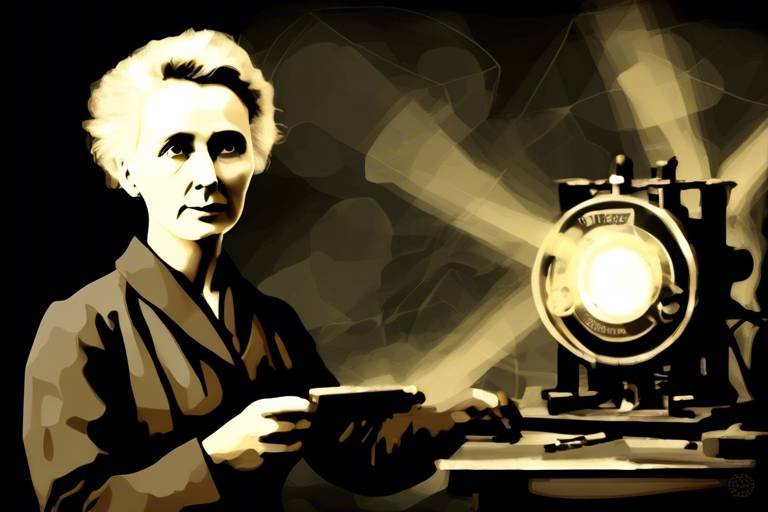Timur: The Turco-Mongol Conqueror
Timur, also known as Tamerlane, stands as a towering figure in history, renowned for his prowess as a Turco-Mongol conqueror. His legacy reverberates through time, marked by a series of conquests that carved out one of the most expansive empires ever witnessed.
Timur's journey to power began amidst the rugged landscapes of Central Asia, where he emerged from humble origins to become a formidable force in the region. Through strategic military campaigns and alliances, he ascended to prominence, laying the foundation for the mighty Timurid Empire.
Known for his innovative military tactics, Timur employed psychological warfare with precision, instilling fear in his enemies and securing victories that echoed across the lands. His conquests of illustrious cities such as Samarkand, Baghdad, and Delhi showcased his military genius and solidified his reputation as a conqueror without equal.
Beyond his military exploits, Timur's legacy extends to the realm of culture and architecture. A patron of the arts, he fostered a flourishing artistic scene, leading to the creation of architectural marvels like the iconic Registan in Samarkand and the grand Bibi-Khanym Mosque in Uzbekistan.
The impact of Timur's empire reverberates through history, shaping the course of Central Asian and Middle Eastern dynamics for generations to come. His influence on subsequent rulers and the regions he conquered is undeniable, leaving an indelible mark on the historical landscape.
Despite his reputation for military might, Timur's approach to religion was complex. While his campaigns were marked by brutality, he also exhibited a surprising degree of religious tolerance, fostering a diverse cultural environment within his empire.
Delving into Timur's personal life unveils a tapestry of familial intricacies and dynastic struggles. His marriages, relationships with his sons and grandsons, and the power struggles that ensued after his passing paint a vivid picture of the man behind the conqueror.
As with any historical figure of such magnitude, Timur's legacy is not without controversy. Debates surrounding his military tactics, treatment of conquered peoples, and modern scholarly reassessments of his achievements continue to spark discourse and reappraisal.
In contemporary Central Asian and Middle Eastern societies, Timur's memory endures through commemorations and reinterpretations. Ongoing debates surrounding his historical significance serve as a testament to the enduring impact of this Turco-Mongol conqueror.

Early Life and Rise to Power
Exploring the life and conquests of Timur, also known as Tamerlane, a powerful Turco-Mongol conqueror who established one of the largest empires in history through military campaigns across Central Asia, the Middle East, and beyond.
Timur, born in 1336 in present-day Uzbekistan, started his life in humble beginnings. Despite facing challenges early on, he displayed remarkable leadership qualities and military acumen that set him on a path to power. Through strategic alliances and bold military campaigns, Timur rose to prominence, eventually founding the Timurid Empire that would shape the course of history.
Timur's military tactics were as innovative as they were ruthless. He employed psychological warfare to instill fear in his enemies, often using surprise attacks and strategic maneuvering to achieve victory. His conquests of major cities such as Samarkand, Baghdad, and Delhi showcased his military prowess and established his reputation as a formidable conqueror.
Beyond his military conquests, Timur was also a patron of the arts and architecture. Under his rule, iconic structures like the Registan in Samarkand and the Bibi-Khanym Mosque in Uzbekistan were constructed, showcasing the grandeur and cultural richness of his empire.
Timur's legacy reverberated throughout the regions he conquered, influencing subsequent rulers and shaping the course of Central Asian and Middle Eastern history. His empire left a lasting imprint on the geopolitical landscape, with his descendants continuing to wield power long after his death.
Despite his reputation for brutality on the battlefield, Timur displayed a surprising level of religious tolerance in his governance. He implemented policies that allowed for the coexistence of different faiths within his empire, showcasing a complex relationship with religion that defied easy categorization.
In his personal life, Timur navigated intricate family dynamics, including marriages, alliances with his sons and grandsons, and the subsequent struggles for power within his dynasty. These internal conflicts would shape the future of his empire and contribute to its eventual decline.
The legacy of Timur has been subject to historical controversies and scholarly debates. While some view him as a ruthless conqueror responsible for mass atrocities, others argue for a more nuanced understanding of his achievements and impact on history. Modern reappraisals continue to shed new light on this enigmatic figure.
In contemporary Central Asian and Middle Eastern societies, Timur is remembered through various commemorations and reinterpretations. His legacy continues to spark discussions about his historical significance and the enduring impact of his empire on the region.
Stay tuned for the Frequently Asked Questions section at the end of the article for more insights into Timur's life, conquests, and enduring legacy.
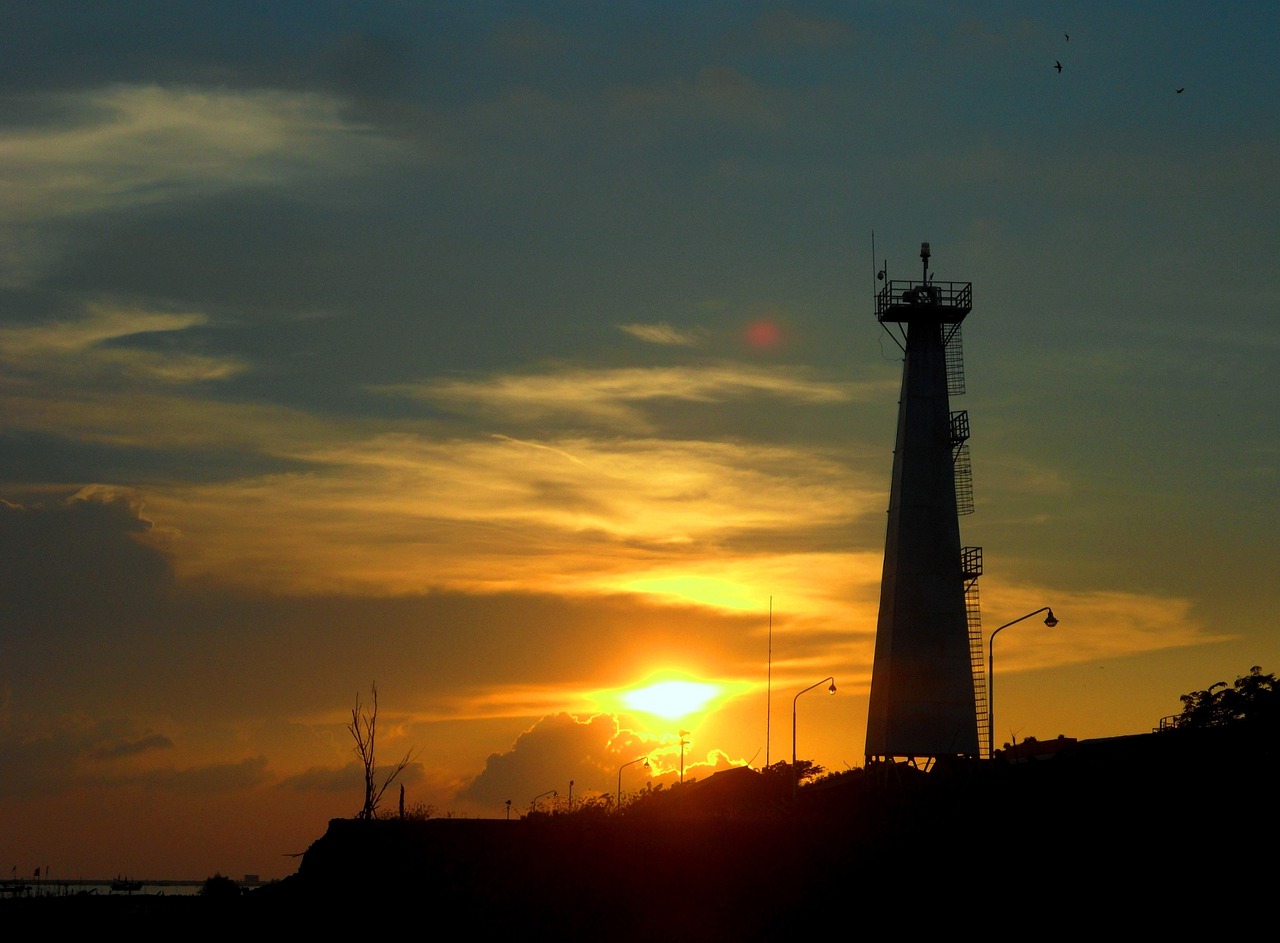
Military Tactics and Conquests
Timur, also known as Tamerlane, was a formidable Turco-Mongol conqueror who left an indelible mark on history through his military prowess and strategic conquests. His legacy as a powerful ruler who established one of the largest empires in history spans across Central Asia, the Middle East, and beyond.
Timur's journey to power began in humble origins in Central Asia. Through his strategic military campaigns and alliances, he rose to prominence, eventually founding the influential Timurid Empire that would shape the geopolitical landscape of the region.
Timur's military tactics were as innovative as they were ruthless. He employed a combination of psychological warfare, strategic alliances, and brute force to conquer vast territories. His conquests included the legendary cities of Samarkand, Baghdad, and Delhi, leaving a trail of destruction and awe in his wake.
One of Timur's most notable military strategies was his use of fear and intimidation to subdue his enemies. By employing tactics such as building pyramids of skulls or sending severed heads as warnings, he instilled terror in those who dared to oppose him, making his conquests all the more effective.
Moreover, Timur's military campaigns were marked by meticulous planning and coordination. He strategically targeted key cities and trade routes, weakening his adversaries before launching decisive attacks. His ability to adapt to different terrains and circumstances made him a formidable force on the battlefield.
Timur's conquests were not just about expanding his empire; they were also about sending a message of power and dominance. His victories over powerful empires and rulers solidified his reputation as a conqueror of unparalleled skill and ambition.
Despite his reputation as a fierce warrior, Timur was also a patron of the arts and architecture. Under his rule, magnificent structures such as the Registan in Samarkand and the Bibi-Khanym Mosque in Uzbekistan were constructed, showcasing the richness of Timurid art and culture.
Timur's legacy reverberates through history, shaping the regions he conquered and influencing subsequent rulers for generations to come. His empire played a pivotal role in the cultural and political development of Central Asia and the Middle East, leaving a lasting impact on the course of history.
Despite his brutal military campaigns, Timur displayed a complex relationship with religion. He implemented policies of religious tolerance, allowing diverse faiths to coexist within his empire. This reputation for religious tolerance stands in contrast to his reputation as a ruthless conqueror.
Delving into Timur's personal life reveals a complex web of relationships. His marriages, alliances with his sons and grandsons, and the dynastic struggles that ensued after his death paint a picture of a ruler whose personal life was as tumultuous as his conquests.
Timur's legacy is not without controversy. Debates continue to surround his military tactics, treatment of conquered peoples, and overall impact on history. Modern scholars are constantly reassessing his achievements, shedding new light on this enigmatic figure.
In contemporary Central Asian and Middle Eastern societies, Timur is remembered in various ways. From statues and monuments to academic debates, his legacy continues to spark discussions about his historical significance and enduring impact on the regions he once ruled.
Stay tuned for answers to commonly asked questions about Timur, his conquests, and his enduring legacy.

Cultural and Architectural Legacy
Timur, also known as Tamerlane, left a profound mark not only through his military conquests but also through his cultural and architectural legacy. His patronage of the arts and architecture played a significant role in shaping the aesthetic landscape of the regions he conquered.
One of the most iconic structures associated with Timur is the Registan in Samarkand, a magnificent square adorned with three grand madrasas showcasing intricate tile work and majestic domes. This architectural masterpiece stands as a testament to Timur's grandeur and his support for the arts.
Another notable architectural achievement attributed to Timur is the Bibi-Khanym Mosque in Uzbekistan. This grand mosque, built in honor of Timur's wife, features stunning blue domes and intricate geometric patterns that reflect the artistic sophistication of the Timurid era.
Timur's cultural legacy extended beyond architecture to encompass literature, music, and poetry. His court was a vibrant hub of intellectual and artistic activity, attracting scholars, poets, and artisans from across the empire.
Through his patronage of the arts and architecture, Timur not only embellished his empire with grand monuments but also fostered a cultural renaissance that continues to inspire awe and admiration to this day.
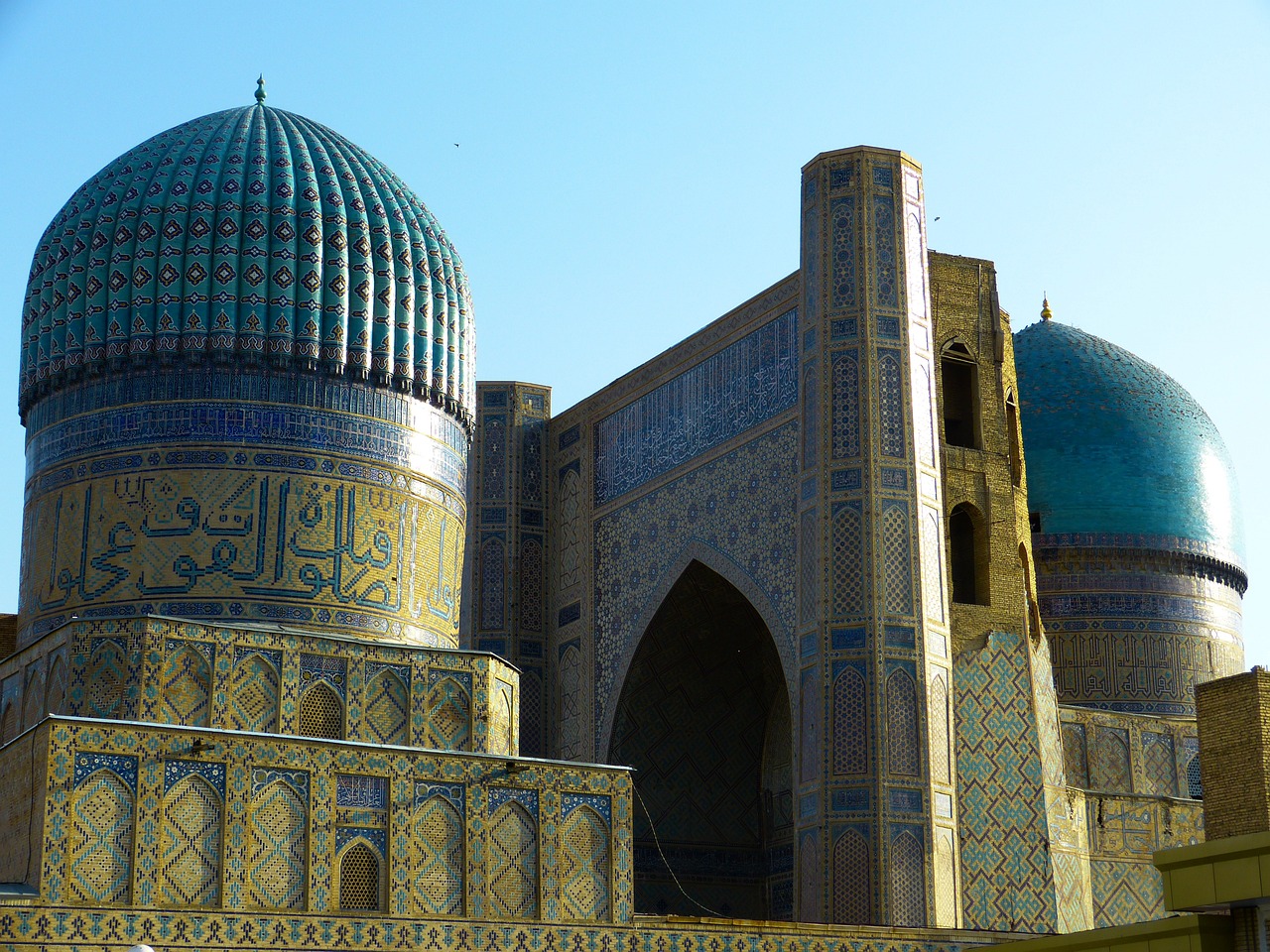
Legacy and Impact on History
Timur's legacy reverberates through the annals of history, leaving an indelible mark on the regions he conquered and the rulers who followed in his wake. His military prowess and strategic acumen reshaped the geopolitical landscape of Central Asia and the Middle East, establishing the Timurid Empire as a formidable force to be reckoned with.
One of the most significant impacts of Timur's conquests was the cultural and architectural legacy he left behind. Through his patronage of the arts and architecture, Timur transformed cities like Samarkand into vibrant centers of cultural exchange and innovation. The iconic structures he commissioned, such as the dazzling Registan complex with its intricate tilework and the grand Bibi-Khanym Mosque, stand as testaments to his vision and grandeur.
Moreover, Timur's reign influenced the course of history in profound ways, shaping the political landscape of Central Asia and the Middle East for centuries to come. His empire served as a template for future conquerors, inspiring awe and fear in equal measure among his contemporaries and successors.
Despite his reputation for brutal military campaigns, Timur also displayed a surprising degree of religious tolerance, allowing diverse faiths to coexist within his realm. This policy of religious inclusivity set him apart from many other conquerors of his time and contributed to the cultural richness of his empire.
Timur's legacy continues to spark debates and scholarly discussions, with historians reassessing his achievements and the impact of his reign on subsequent events. While some view him as a ruthless conqueror whose tactics were marked by cruelty, others see him as a visionary leader who left behind a complex and multifaceted legacy.
In modern-day Central Asian and Middle Eastern societies, Timur is commemorated through monuments, museums, and cultural events that celebrate his enduring influence. The ongoing reinterpretations of his legacy reflect the enduring fascination with this enigmatic figure and the complexities of his historical significance.
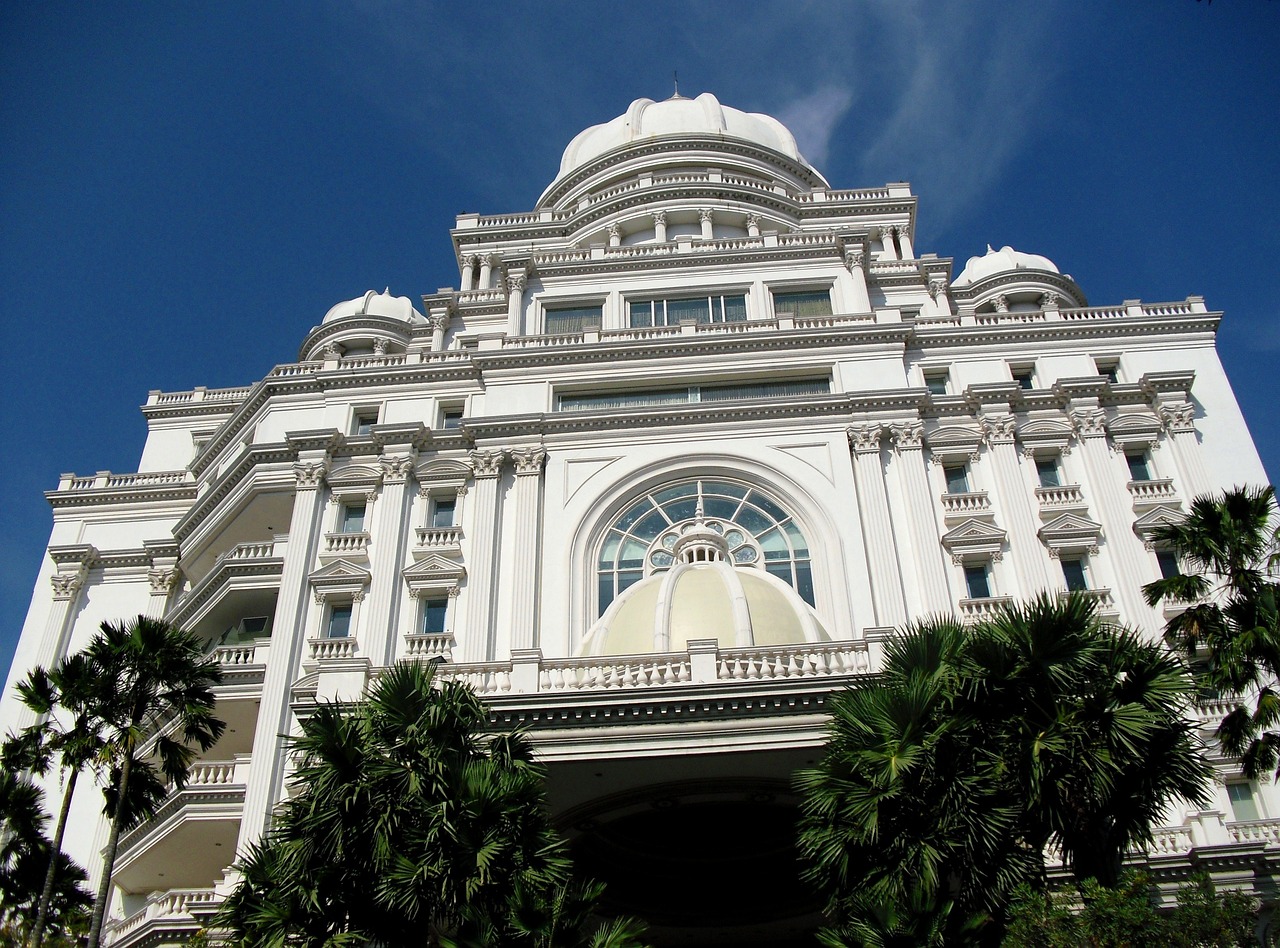
Religious Policies and Tolerance
Timur, also known as Tamerlane, was a formidable Turco-Mongol conqueror who left an indelible mark on history through his military campaigns that spanned across Central Asia, the Middle East, and beyond. His legacy as a powerful ruler who established one of the largest empires in history continues to fascinate historians and enthusiasts alike.
Timur's approach to religion was complex and multifaceted. Despite his reputation as a ruthless conqueror, he displayed a surprising degree of religious tolerance towards the diverse faiths present in his empire. Timur often employed religious symbolism and rhetoric in his military campaigns, appealing to the religious sentiments of both his own troops and the populations he conquered.
One of the most notable aspects of Timur's religious policies was his willingness to incorporate elements from various faiths into his governance. This approach, known as syncretism, allowed Timur to maintain stability and harmony among the diverse religious communities under his rule. While he promoted Islam as the state religion, he also respected and protected the rights of Christians, Jews, and other religious minorities.
Timur's religious tolerance was particularly evident in his treatment of religious leaders and institutions. He often granted special privileges and exemptions to clergy members, fostering an environment of religious coexistence and cooperation. Despite his military conquests, Timur's reputation for religious tolerance has endured through the centuries, shaping perceptions of his reign and legacy.
Q: What was Timur's attitude towards religious diversity?
A: Timur demonstrated a surprising degree of religious tolerance, allowing for the coexistence of various faiths within his empire and incorporating elements from different religions into his governance.
Q: How did Timur's religious policies influence his military campaigns?
A: Timur often used religious symbolism and rhetoric to rally his troops and appeal to the religious sentiments of the populations he conquered, showcasing a strategic blend of military and religious strategies.
Q: What was the significance of religious syncretism in Timur's empire?
A: Religious syncretism allowed Timur to maintain stability and harmony among diverse religious communities, promoting a sense of inclusivity and cooperation within his realm.
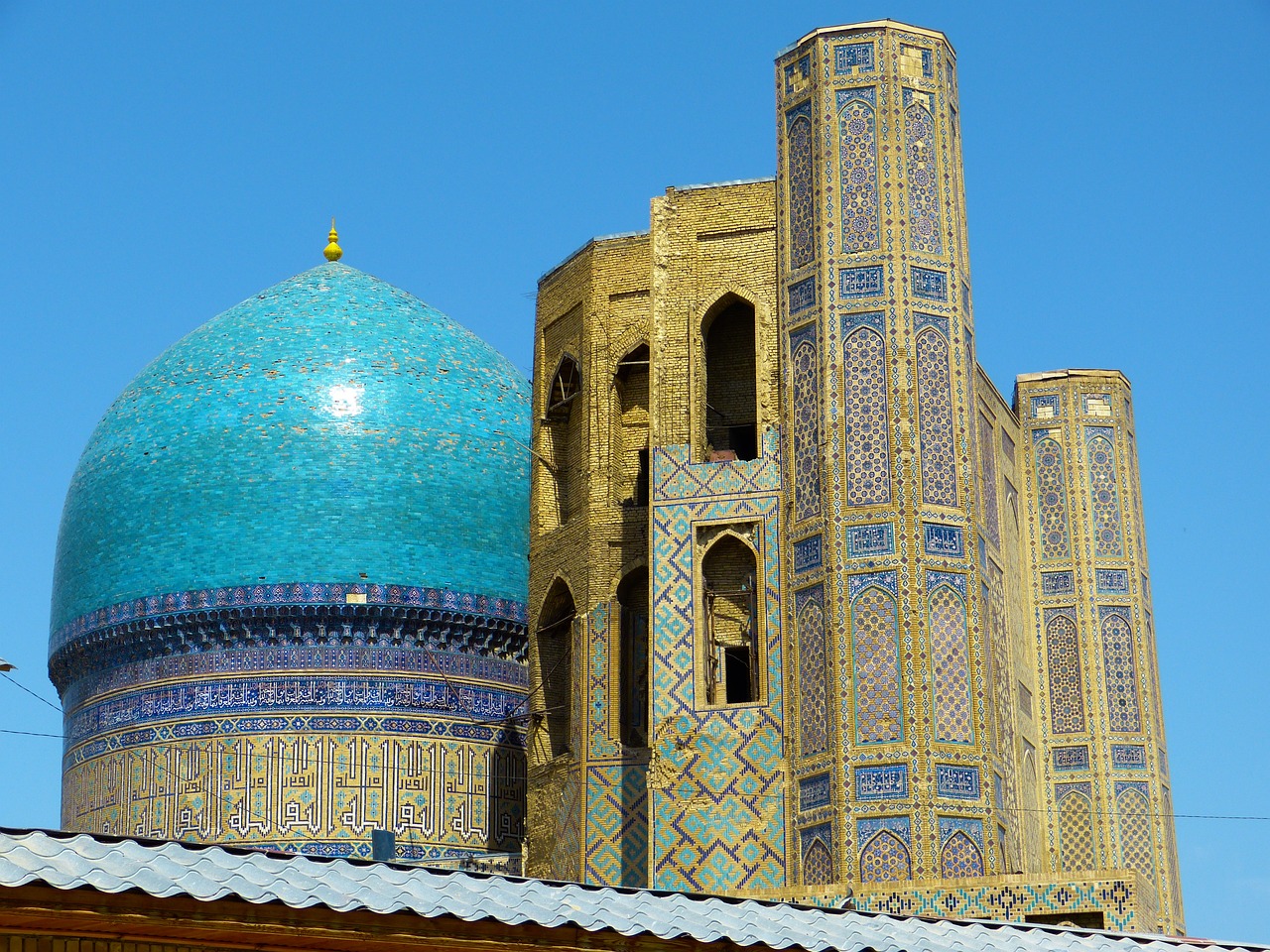
Personal Life and Family Dynamics
Timur, also known as Tamerlane, was a formidable Turco-Mongol conqueror whose military campaigns reshaped the map of Central Asia, the Middle East, and beyond. His legacy as a powerful ruler who established one of the largest empires in history continues to captivate historians and enthusiasts alike.
Delving into the personal life of Timur unveils a complex web of relationships and power struggles. Despite his ruthless reputation on the battlefield, Timur's family dynamics shed light on a more human side of the conqueror. His marriages played a crucial role in solidifying alliances and expanding his influence across different regions.
Timur's relationships with his sons and grandsons were marked by both loyalty and betrayal. The succession struggles that ensued after his death plunged the Timurid Empire into turmoil, highlighting the fragile nature of dynastic power. The intricate web of familial ties and power dynamics within Timur's lineage continues to intrigue historians and researchers.
While Timur's military conquests and strategic brilliance are well-documented, his personal life offers a glimpse into the man behind the conqueror. The complexities of family relationships and the pursuit of dynastic legacy add a layer of humanity to the larger-than-life figure of Timur.
- Q: What was Timur's approach to governance within his empire?
- A: Timur implemented a centralized system of governance, relying on trusted advisors and military commanders to administer his vast territories.
- Q: How did Timur's family influence his reign as a conqueror?
- A: Timur's marriages and familial alliances played a significant role in consolidating power and expanding his empire through strategic partnerships.
- Q: What were the key challenges Timur faced in maintaining stability within his dynasty?
- A: Succession disputes and internal power struggles among Timur's descendants posed significant challenges to the stability and continuity of the Timurid Empire.
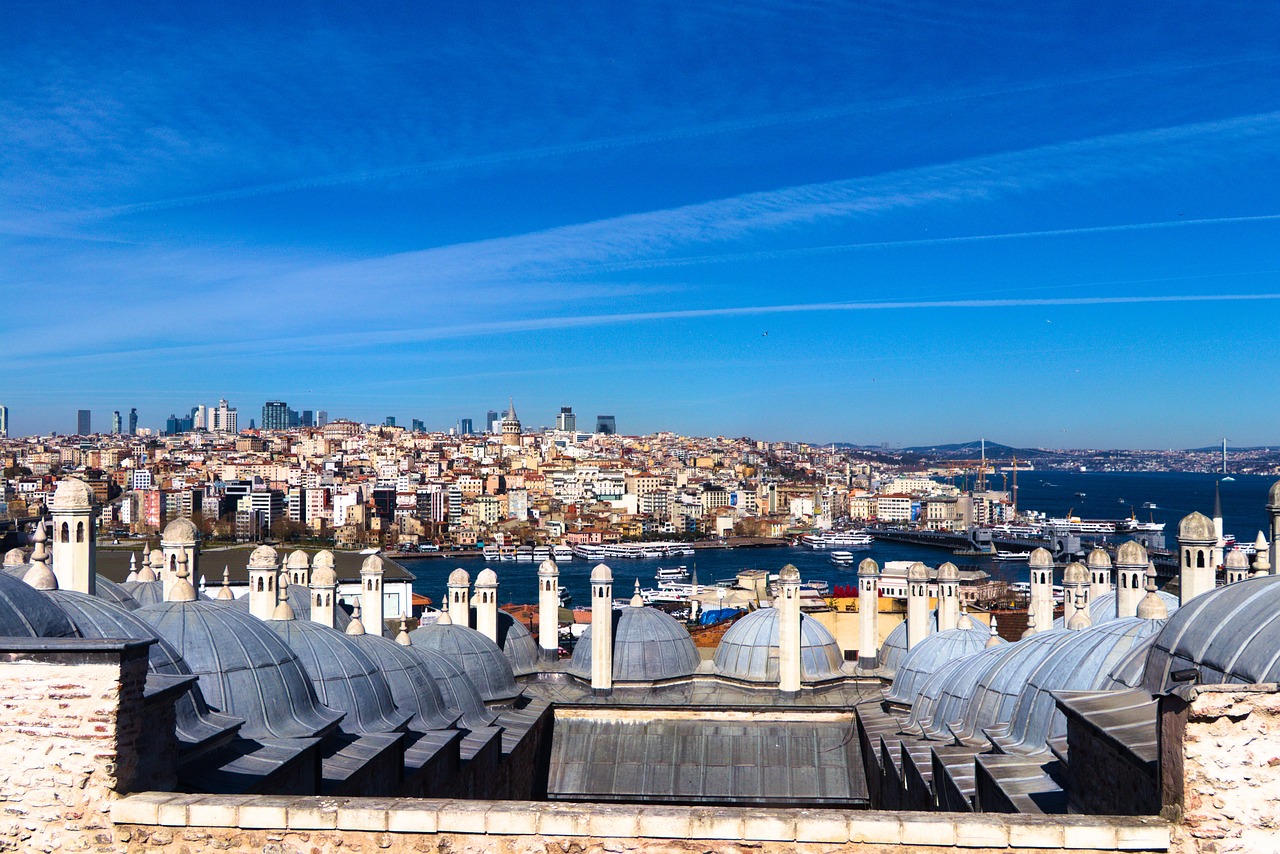
Historical Controversies and Reappraisals
Timur, also known as Tamerlane, was a formidable Turco-Mongol conqueror whose legacy continues to intrigue historians and enthusiasts alike. His military campaigns reshaped the geopolitical landscape of Central Asia, the Middle East, and beyond, establishing one of the most expansive empires in history.
Timur's legacy is not without its controversies and debates that have sparked reappraisals of his achievements and methods. One of the key points of contention revolves around his military tactics, with some praising his strategic brilliance while others condemn his ruthless approach to warfare. The treatment of conquered peoples under Timur's rule is also a subject of scrutiny, as accounts of mass killings and atrocities have raised ethical questions about his methods of governance.
Modern scholarly assessments of Timur have sought to provide a nuanced understanding of his complex legacy, balancing his military prowess with the human cost of his conquests. While some view him as a ruthless conqueror driven by a thirst for power, others argue that his impact on shaping the course of history in Central Asia and the Middle East cannot be overlooked.
Furthermore, the interpretation of Timur's religious policies and tolerance has been a point of contention among historians. Despite his reputation for religious tolerance, evidenced by his patronage of various faiths, questions remain about the sincerity of his religious inclusivity amidst his military campaigns that often targeted cities based on religious affiliations.
As historical perspectives continue to evolve and new evidence comes to light, the controversies surrounding Timur's legacy serve as a reminder of the complexities inherent in studying and interpreting the actions of historical figures, especially those whose conquests have left a lasting impact on the regions they once ruled.
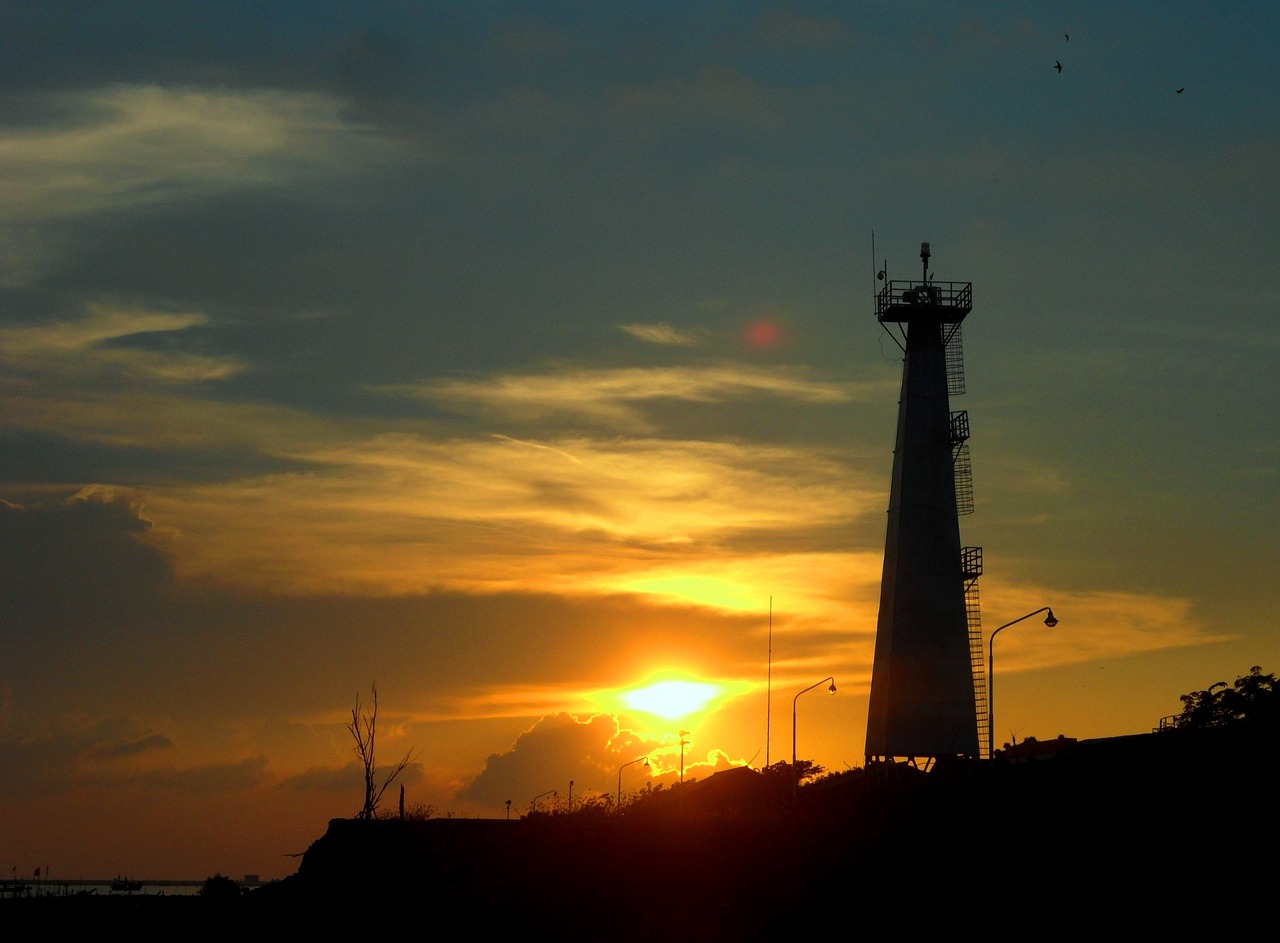
Modern-Day Commemorations and Reinterpretations
Timur, also known as Tamerlane, was a formidable Turco-Mongol conqueror whose military prowess led to the establishment of one of the most expansive empires in history. His conquests spanned across Central Asia, the Middle East, and beyond, leaving a lasting impact on the regions he ruled.
Today, Timur is commemorated and reinterpreted in various ways in contemporary Central Asian and Middle Eastern societies. While some view him as a ruthless conqueror, others celebrate him as a visionary leader who shaped the course of history. The legacy of Timur is a subject of ongoing debate, with modern scholars and historians offering new perspectives on his achievements and impact.
Frequently Asked Questions
- Who was Timur?
Timur, also known as Tamerlane, was a powerful Turco-Mongol conqueror who established one of the largest empires in history through military campaigns across Central Asia, the Middle East, and beyond.
- What were Timur's military tactics?
Timur was known for his innovative military strategies, including the effective use of psychological warfare and his conquests of major cities like Samarkand, Baghdad, and Delhi.
- What is Timur's cultural and architectural legacy?
Timur's patronage of the arts and architecture led to the construction of iconic structures such as the Registan in Samarkand and the Bibi-Khanym Mosque in Uzbekistan.
- How did Timur impact history?
Timur's lasting impact on the regions he conquered, his influence on subsequent rulers, and the historical significance of his empire in shaping Central Asian and Middle Eastern history are significant.
- Was Timur tolerant of different religions?
Despite his brutal military campaigns, Timur had a reputation for religious tolerance and implemented policies towards different faiths during his rule.
- What controversies surround Timur's legacy?
Debates on Timur's military tactics, treatment of conquered peoples, and modern scholarly reassessments of his achievements are some of the controversies surrounding his legacy.
- How is Timur remembered today?
Timur is commemorated in contemporary Central Asian and Middle Eastern societies, sparking ongoing debates about his historical significance and legacy.










